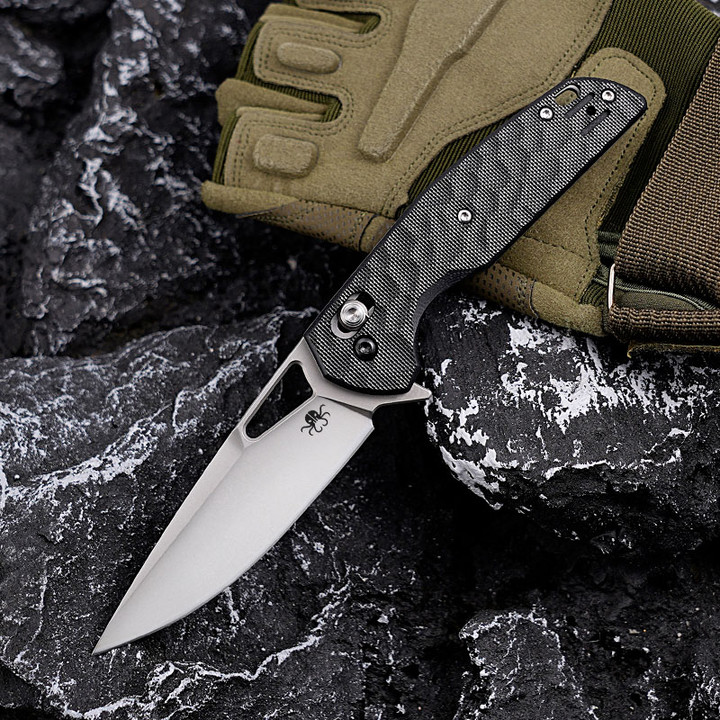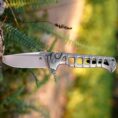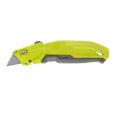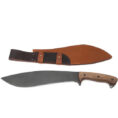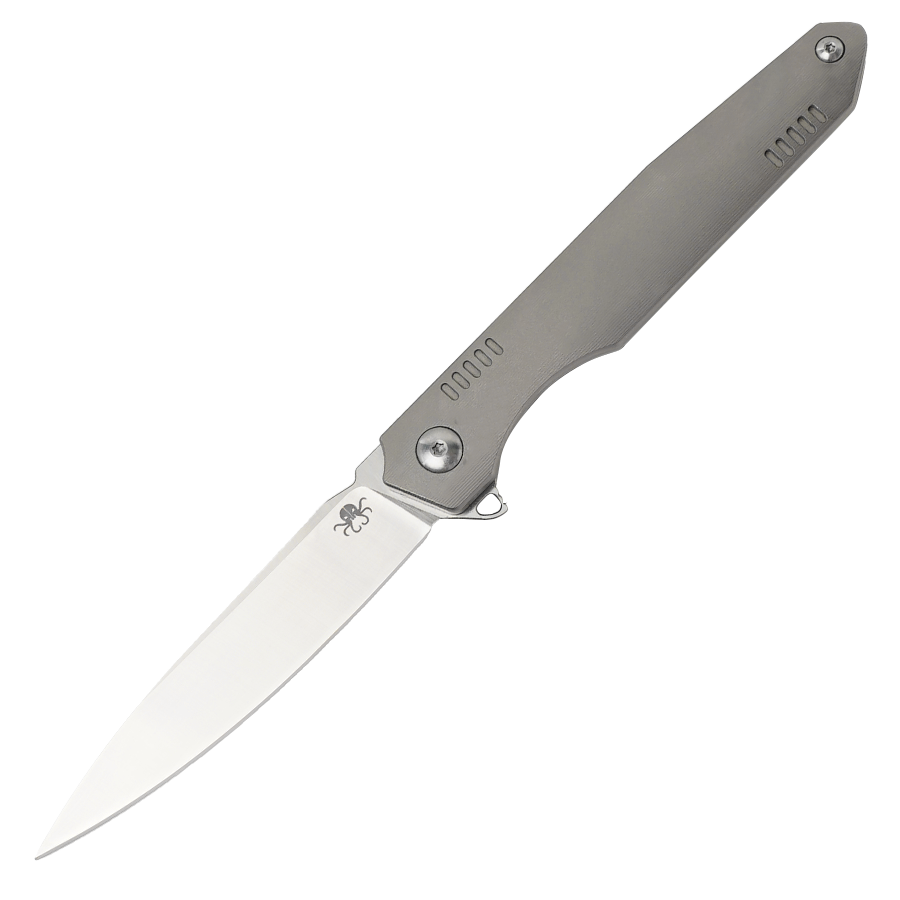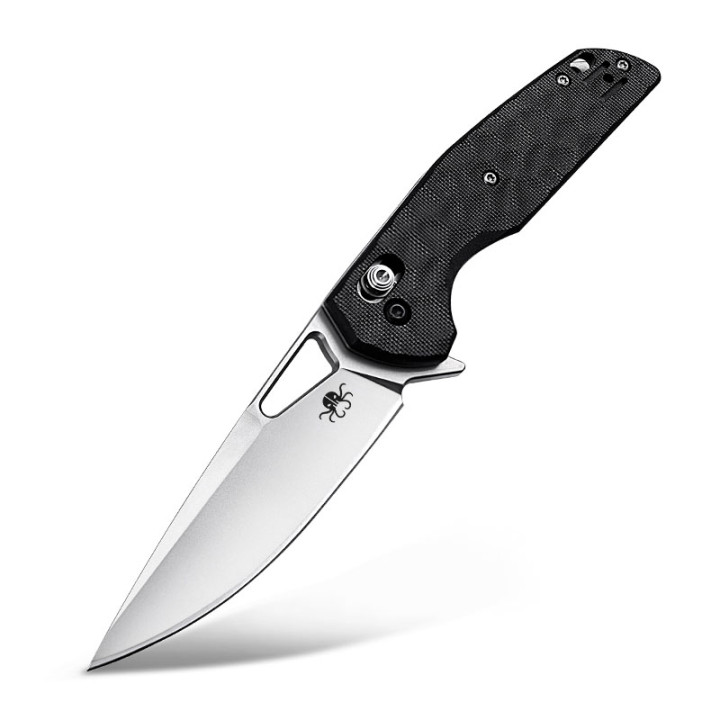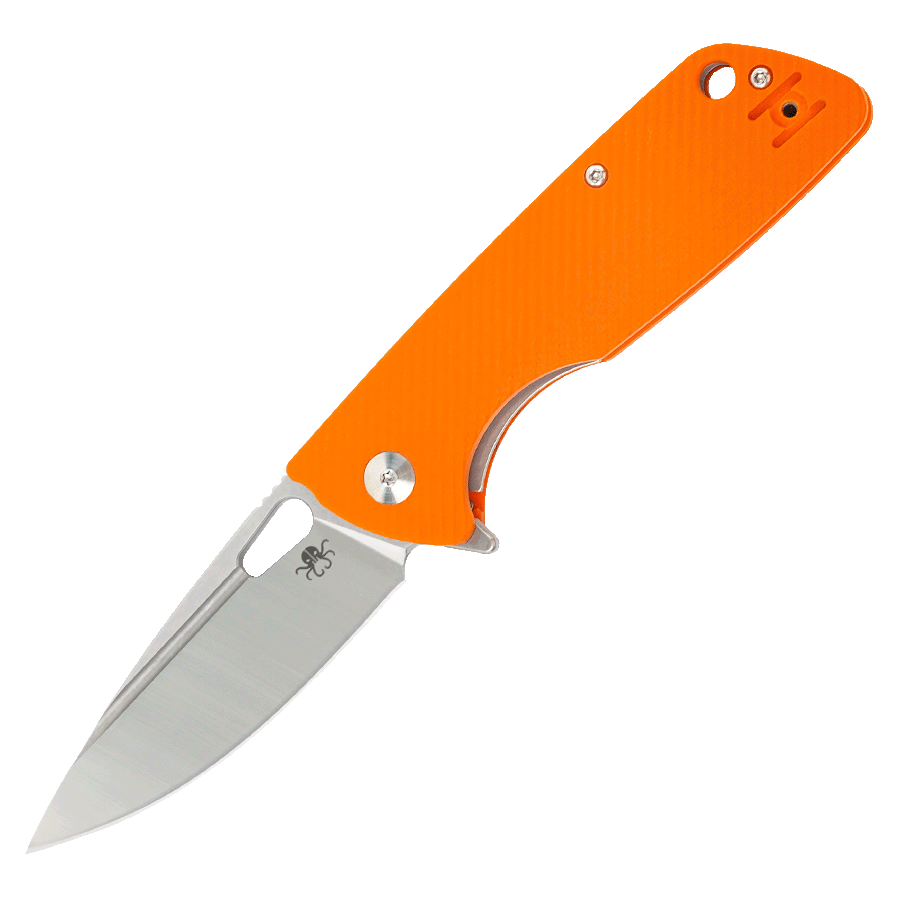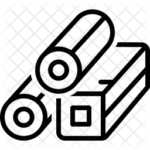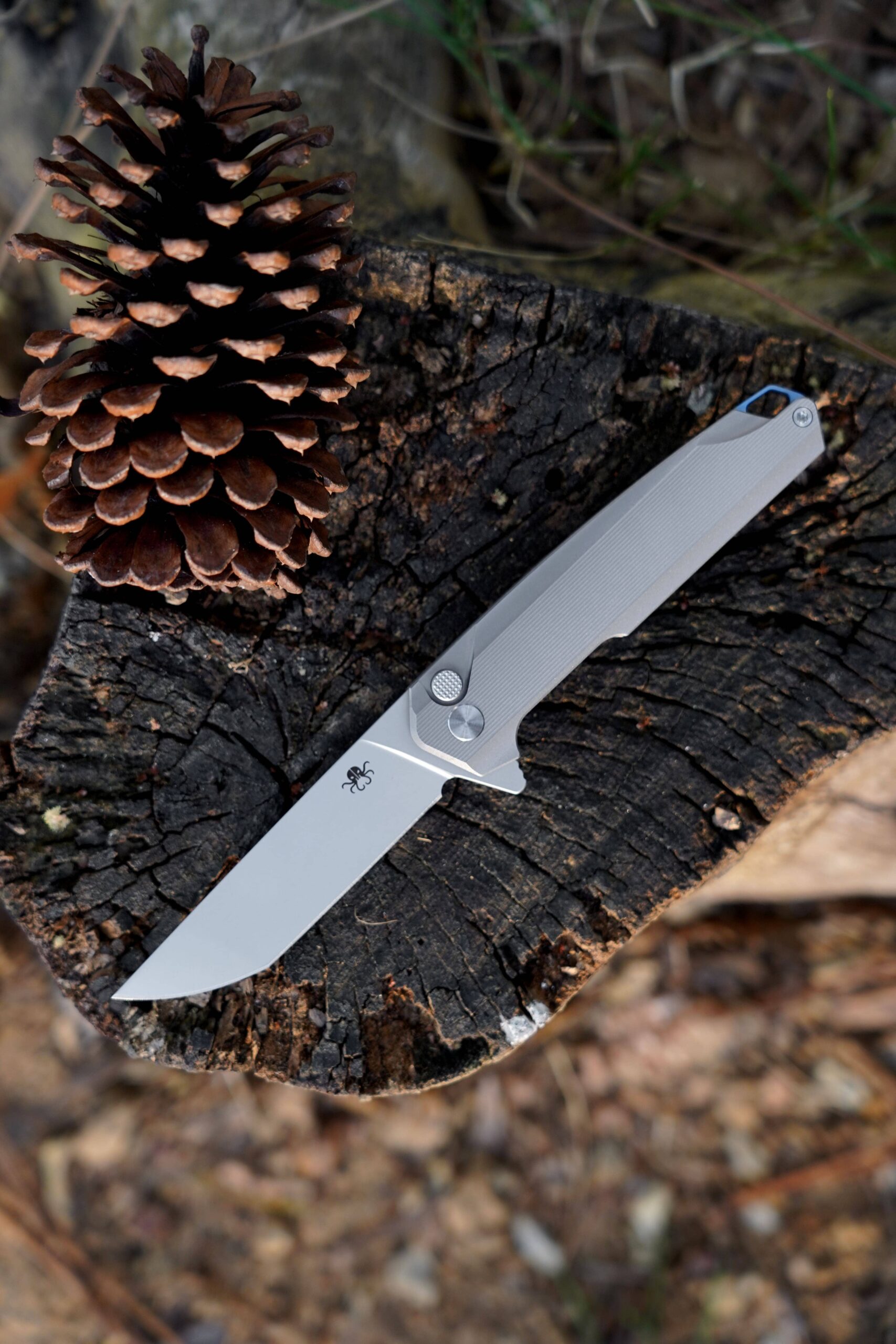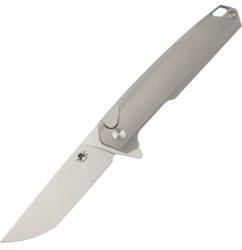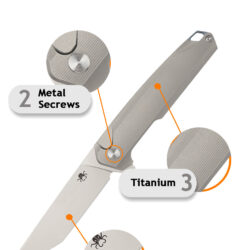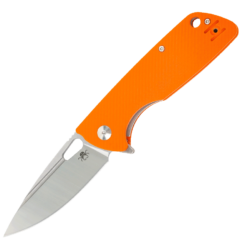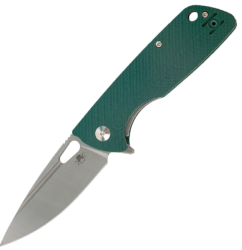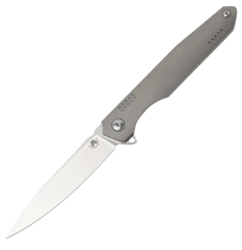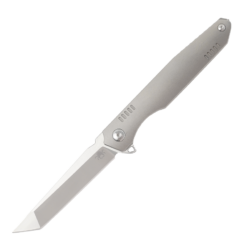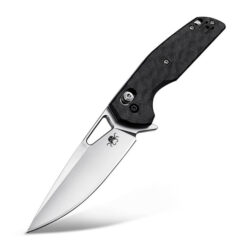Balancing Price & Performance: Are High-End Knives Worth It?
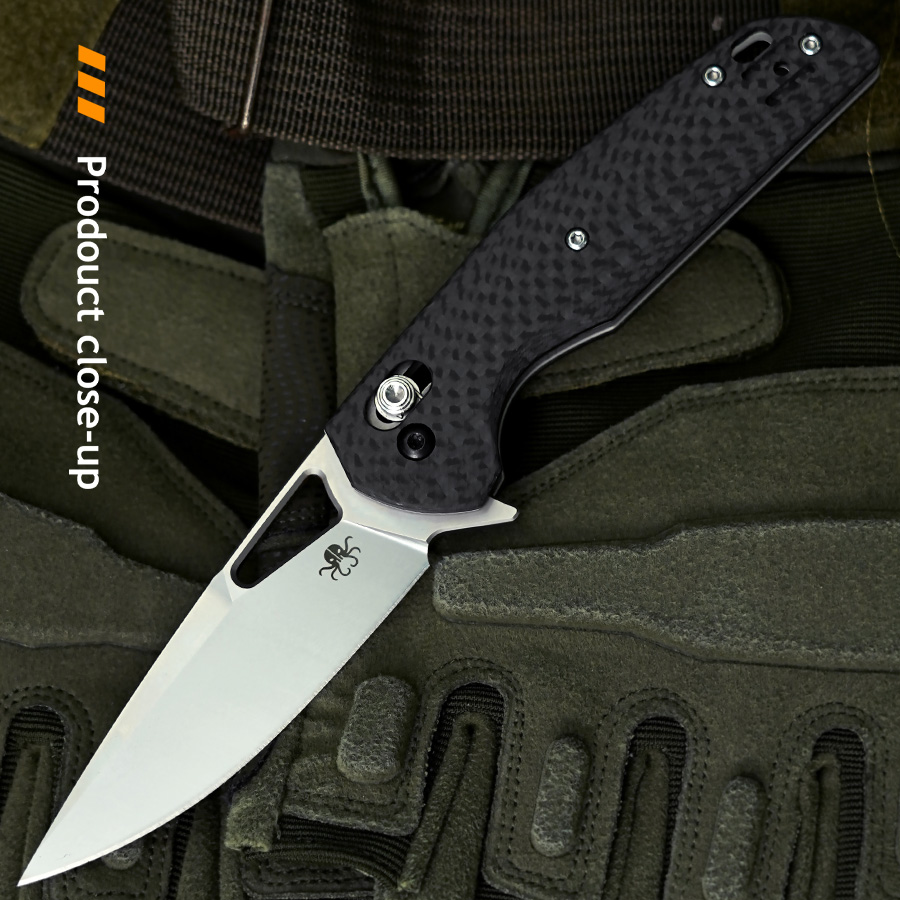
Introduction: Understanding the Price vs. Performance Debate
When it comes to purchasing knives, particularly for outdoor use, cooking, or everyday carry (EDC), the question of whether to invest in high-end, premium knives or stick with more affordable options is a common dilemma. Some knife enthusiasts and outdoor aficionados swear by the durability, performance, and aesthetics of high-end knives, while others argue that you don’t need to spend a fortune to get a reliable, functional blade.
This article will delve deep into the factors that influence the cost of a knife and assess whether high-end knives justify their price tag. We’ll explore aspects like materials, design, craftsmanship, performance, and brand reputation, as well as personal preferences, usage scenarios, and maintenance considerations.
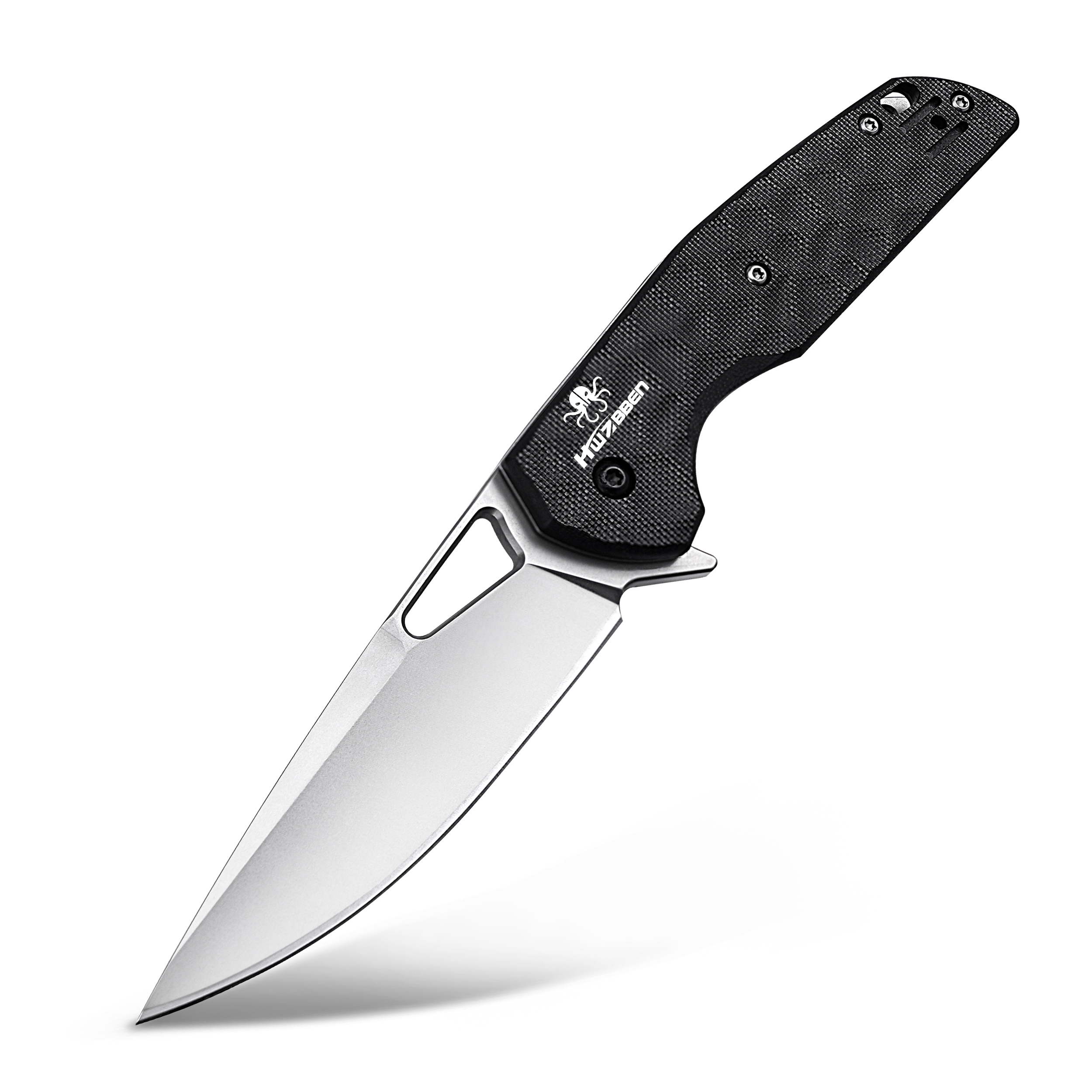
Chapter 1: What Defines a High-End Knife?
1.1 The Elements of High-End Knives
High-end knives are typically distinguished by superior materials, meticulous craftsmanship, and performance. Let’s break down the components that usually contribute to a knife being classified as “high-end.”
Blade Steel Quality: The steel used in the blade significantly influences a knife’s performance, edge retention, corrosion resistance, and ease of sharpening.
- Premium Steel Types: High-end knives often feature top-tier steels like CPM S30V, VG-10, M390, or ZDP-189, all known for their excellent edge retention and overall performance.
- Forged vs. Stamped Blades: Forged knives are often considered more durable and refined than stamped knives, which are cut from a sheet of metal. The forging process typically results in a stronger and more balanced blade.
Handle Materials: Premium knives often feature ergonomic and aesthetically pleasing handles made from durable materials such as G10, Micarta, carbon fiber, or stabilized wood. These materials are not only durable but also comfortable for extended use.
Blade Shape and Design: High-end knives typically have meticulously designed blades, balanced for specific tasks, such as drop point or tanto shapes. The design ensures optimal performance for particular activities, whether it's food prep, outdoor survival, or tactical use.
Finish and Detailing: A high-end knife will often feature a polished or carefully treated finish on both the blade and handle. This attention to detail often reflects the quality of craftsmanship involved in producing the knife.
Brand Reputation: Some knives, due to their brand’s legacy and craftsmanship, carry a higher price. Brands like Benchmade, Spyderco, Chris Reeve Knives, and Fallkniven are widely regarded for their high-quality knives and charge premium prices accordingly.

1.2 Differentiating Between Premium and Budget Knives
While high-end knives come with numerous advanced features, budget knives typically have simpler construction and materials. However, this doesn’t mean budget knives are of poor quality—they can be highly functional for general tasks. The primary differences between premium and budget knives are often related to:
Steel Quality: Lower-end knives are usually made with budget-friendly steels such as 420HC, 440A, or Stainless Steel variants that don't retain edges as well as high-performance steels.
Handle Material: Budget knives may use plastic or rubberized handles, while high-end knives use materials like carbon fiber, micarta, or stabilized wood.
Manufacturing: Premium knives typically undergo hand craftsmanship or advanced manufacturing techniques, while budget knives are often mass-produced in a factory setting.
Performance & Durability: High-end knives are built to handle demanding tasks and stand the test of time, while budget knives are typically sufficient for light-duty tasks but may wear down faster.
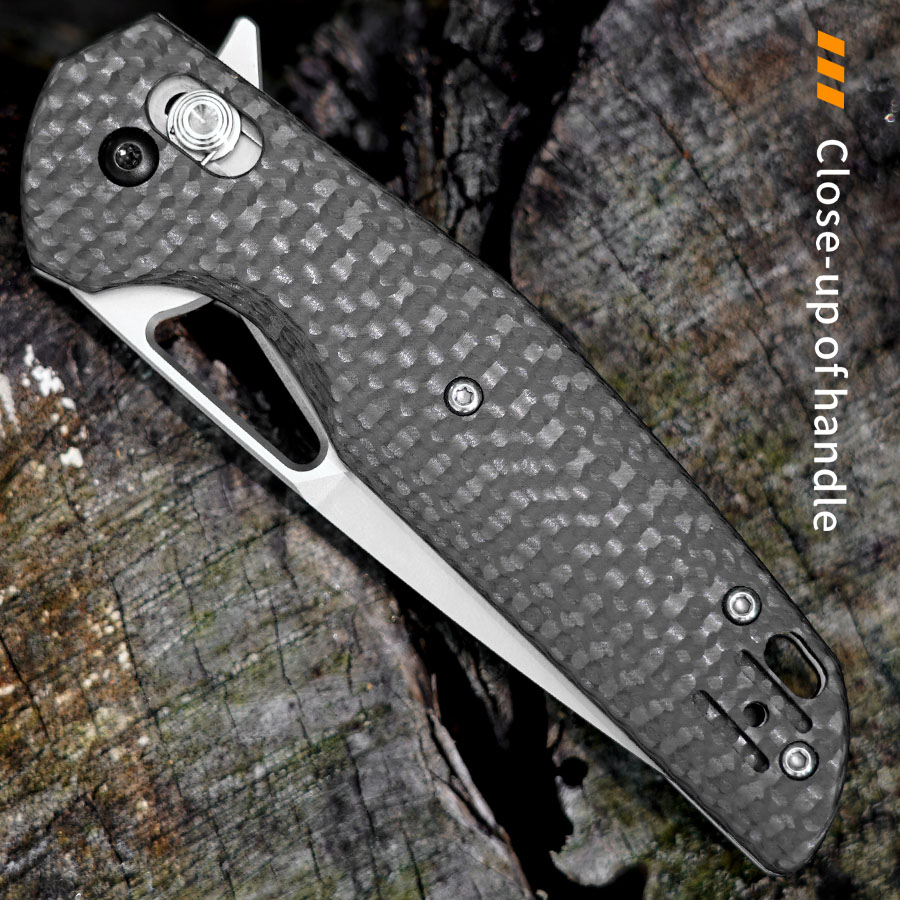
Chapter 2: Assessing the Cost vs. Performance Balance
2.1 Does High-End Steel Make a Significant Difference?
One of the most obvious reasons high-end knives come with a higher price tag is the steel used in their construction. But does this expensive steel really deliver performance improvements that justify the cost? Let’s take a look at the real-world impact of premium steel.
Edge Retention: Premium steels such as S30V, M390, and ZDP-189 are renowned for their ability to retain an edge longer than budget steels. This means that users don’t need to sharpen them as frequently, which can save time and effort over the long run.
- Example: A high-end S30V blade may last 3-4 times longer than a 420HC blade before it requires sharpening, especially under heavy use.
Corrosion Resistance: High-end steels often provide better protection against corrosion, making them ideal for use in humid or wet environments (e.g., fishing, cooking, or hunting).
- VG-10 steel, for instance, offers excellent resistance to rust, even after extended exposure to water, compared to a cheaper steel like 420.
Sharpening Ease: While premium knives may hold their edges longer, they also tend to be more challenging to sharpen. High-end steels are often harder and require specialized equipment or skills to maintain.
Real-World Performance: For outdoor enthusiasts or culinary experts who rely on their knives for precision work or heavy-duty tasks, the added performance of a high-end steel blade may significantly improve their efficiency and satisfaction.
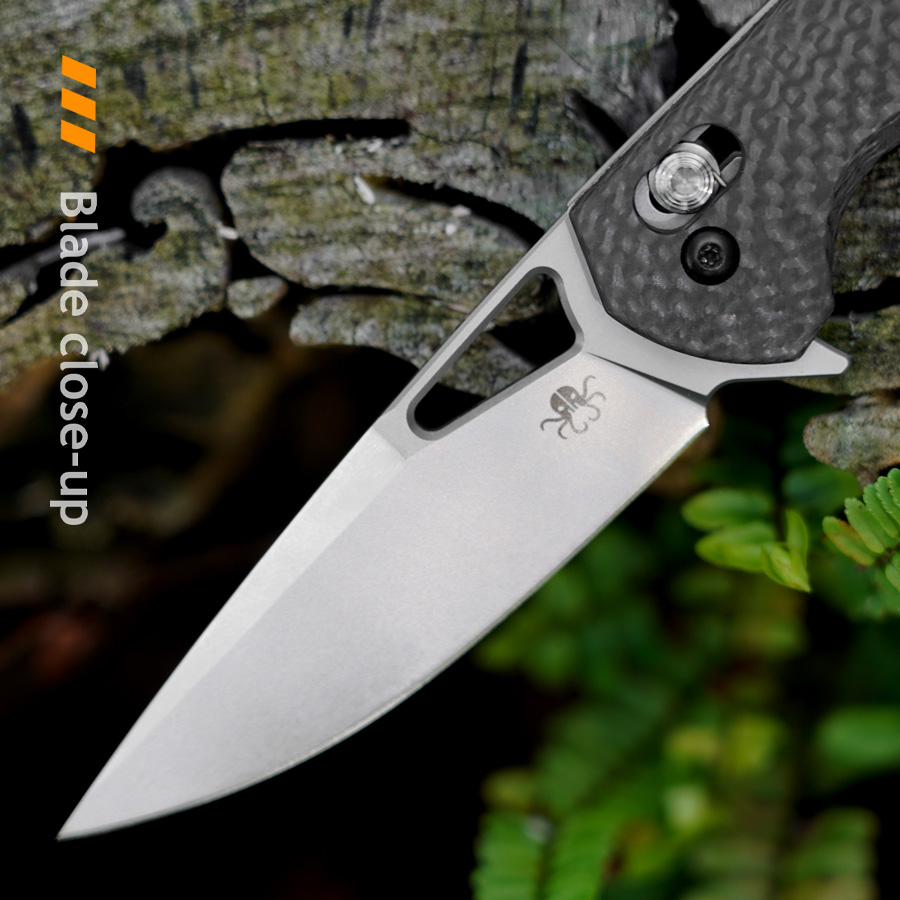
2.2 The Ergonomics & Comfort Factor: How Handle Materials Affect Performance
Another key factor that separates high-end knives from budget options is the handle material. While budget knives may have simple plastic or rubberized grips, premium knives often feature ergonomically designed handles made from materials such as G10, Micarta, or carbon fiber.
Comfort During Extended Use: A well-designed handle can reduce hand fatigue and improve grip, especially in wet or slippery conditions. Premium materials like Micarta provide both durability and comfort.
Increased Control and Safety: The ergonomic design of high-end handles often provides better control when performing detailed or strenuous tasks, reducing the risk of accidents.
Aesthetic Appeal: High-end knives often feature handles that are as visually appealing as they are functional, adding a sense of pride to the ownership experience.
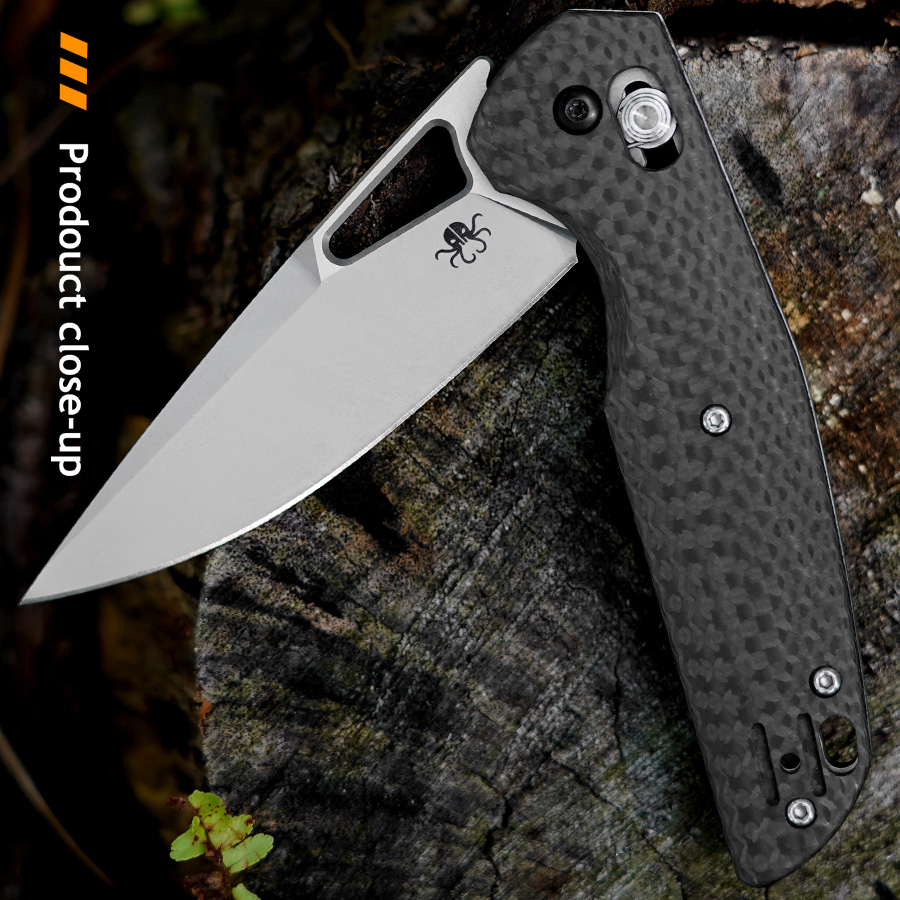
2.3 How Blade Geometry Affects Performance
The geometry of a knife’s blade—its thickness, grind, and shape—has a direct impact on its performance. While some budget knives feature simple designs, high-end knives often have carefully crafted blade shapes optimized for specific tasks.
Thin vs. Thick Blades: A thinner blade (e.g., a scandi grind) is better for tasks like carving, while a thicker blade (e.g., a flat grind) can handle tougher cutting, chopping, and prying tasks.
Precision and Versatility: High-end knives often feature versatile geometries that make them suitable for a broader range of tasks, such as food prep, camping, or hunting. A drop-point blade, for example, is highly versatile and can be used for skinning, cutting, and general outdoor chores.
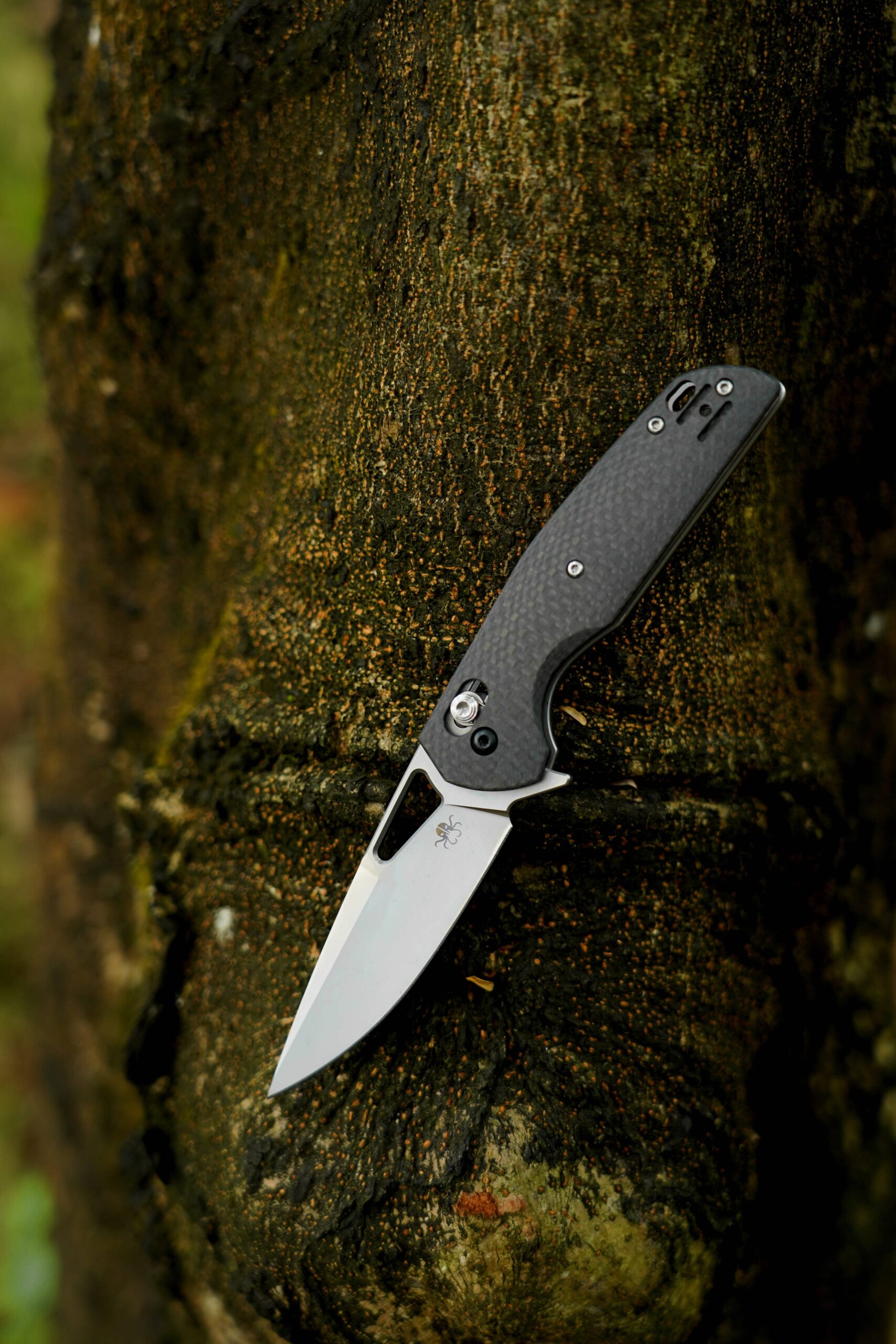
Chapter 3: Is the Premium Price Justified in Everyday Use?
3.1 Real-Life Benefits of Owning a High-End Knife
For someone who uses their knife daily—whether for food prep, EDC (Everyday Carry), or outdoor activities—there are distinct advantages to owning a high-end knife:
Longevity: A well-made knife can last a lifetime with proper care, meaning your initial investment pays off over time.
Better Performance in Specific Situations: In tasks requiring extreme sharpness, precision, or strength (e.g., survival situations, hunting), a high-end knife offers real-world performance advantages.
Aesthetic and Satisfaction: High-end knives often provide a sense of craftsmanship and pride in ownership, which can enhance your overall experience. For knife collectors, this emotional value is an important factor in the purchasing decision.
Reduced Maintenance: Premium knives, while requiring occasional maintenance, often need less frequent sharpening and are more resistant to wear over time.
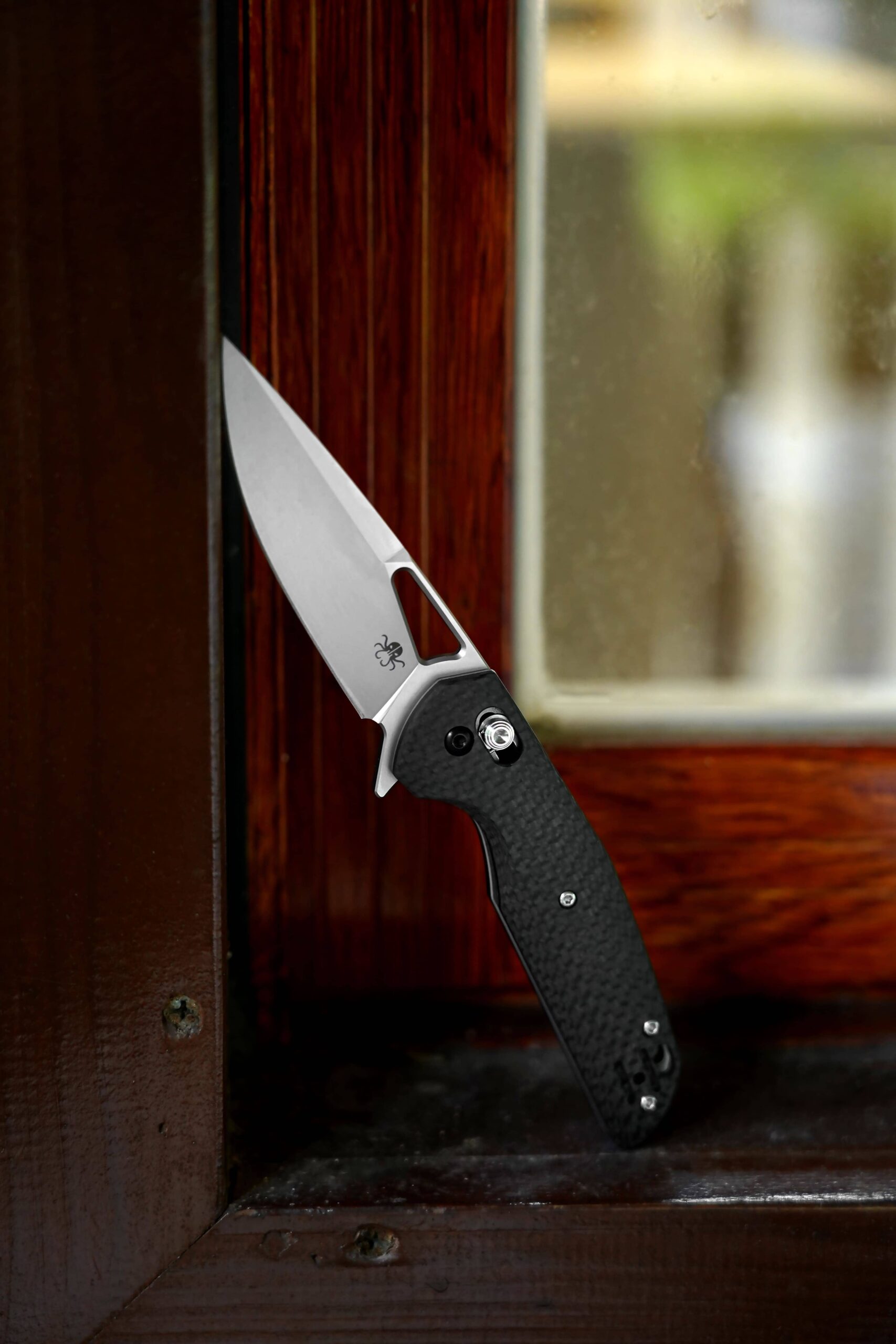
3.2 Are Budget Knives Enough for Casual Use?
For someone who only occasionally needs a knife or uses it for basic tasks, such as opening packages, cutting tape, or preparing light meals, a budget knife may be more than sufficient.
Cost-Effectiveness: Budget knives can handle most daily tasks without breaking the bank, making them an excellent choice for casual use.
Variety and Accessibility: The market for budget knives is extensive, providing a variety of blade shapes, sizes, and features, all without the hefty price tag.
Good for Beginners: If you're new to knives, starting with a more affordable option allows you to learn basic knife care and use without committing to a large upfront investment.
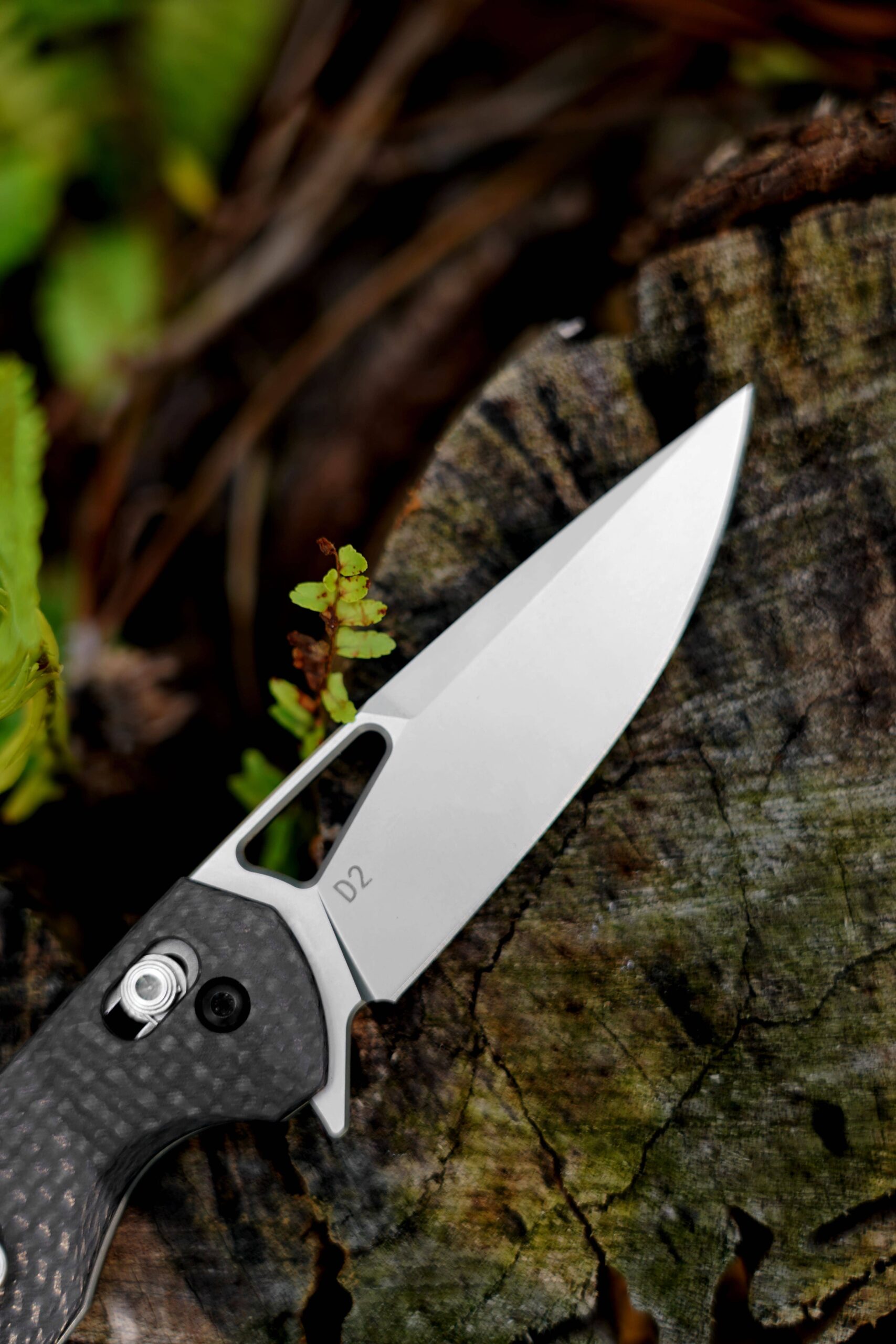
Chapter 4: The Role of Brand Reputation and Marketing
4.1 Premium Brands and the Price Premium
One undeniable factor that contributes to the higher cost of high-end knives is the brand reputation. Many premium knife brands invest heavily in research and development, quality control, and marketing, which often translates to higher prices.
Brand Loyalty: Many knife enthusiasts and professionals prefer certain high-end brands like Benchmade, Spyderco, or Chris Reeve Knives due to their track record of quality, performance, and customer service.
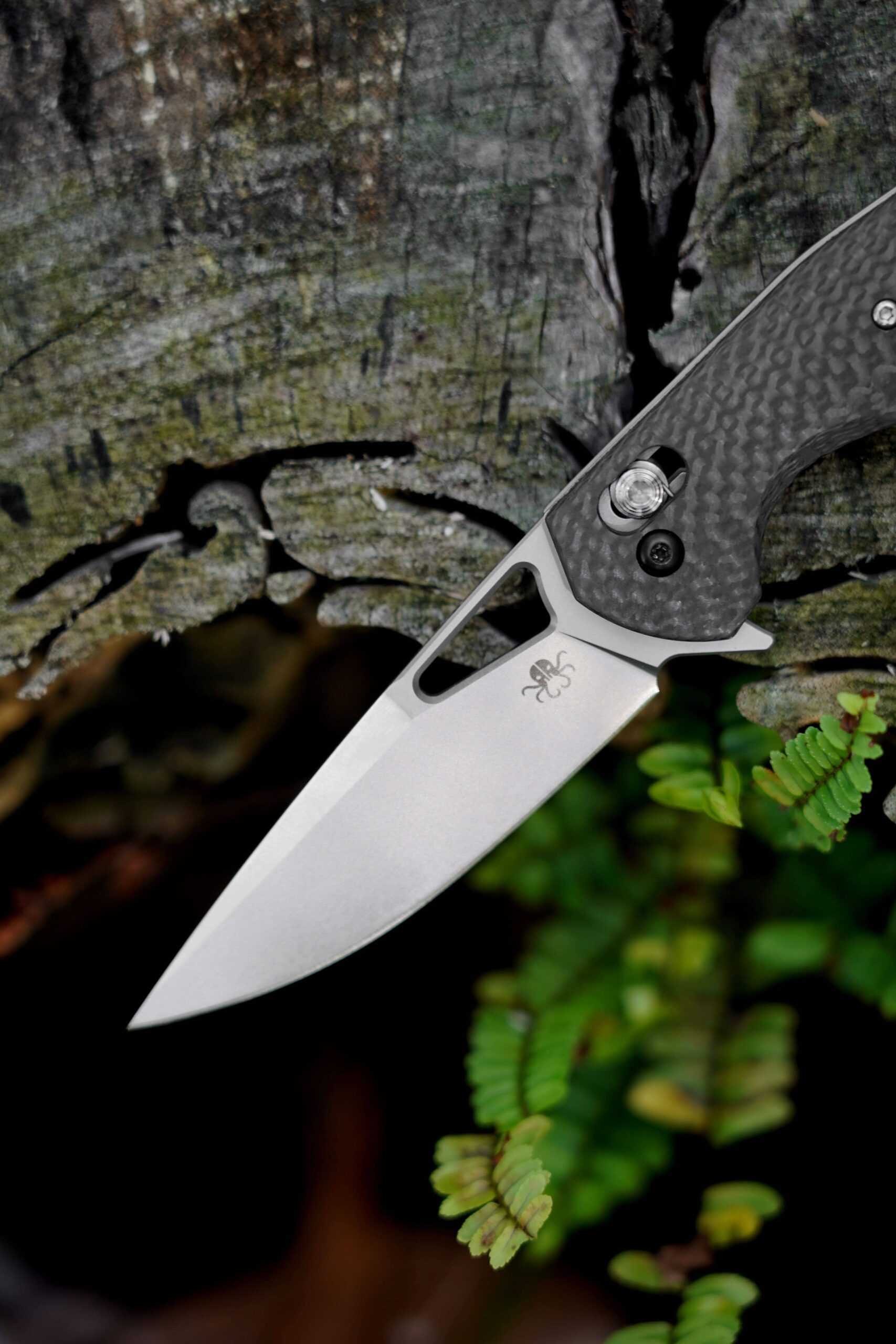
Chapter 5: Durability and Maintenance Costs: Long-Term Investment
5.1 Longevity: High-End Knives Built to Last
When you purchase a high-end knife, you're not just paying for immediate performance—you're investing in a long-lasting tool. Premium knives are constructed with materials that are specifically chosen to enhance durability, including corrosion-resistant steels and reinforced handle materials. The longevity of a high-end knife is one of its most significant advantages.
Durable Blade Materials: Premium knife steels like S30V, M390, and Elmax are not only more resistant to corrosion but also retain their sharpness for longer periods. This translates to fewer sharpenings, and over time, the reduced need for maintenance contributes to overall cost savings.
Handle Durability: Many high-end knives feature handles made from materials like Micarta, G10, and carbon fiber, which are known for their incredible strength and resistance to wear. These materials can withstand the rigors of outdoor activities, heavy tasks, and constant use, ensuring that the handle does not deteriorate over time.
Edge Retention: A knife with better edge retention not only cuts better but also retains that sharpness for a longer time, minimizing the need for frequent sharpening. In high-end knives, edge retention is a direct reflection of the quality of the steel used.
Lifetime Warranties: Many premium brands offer lifetime warranties or guarantees, reassuring customers that if something goes wrong, they can either get their knife repaired or replaced. This adds value to the higher upfront cost, knowing that the investment is safeguarded.
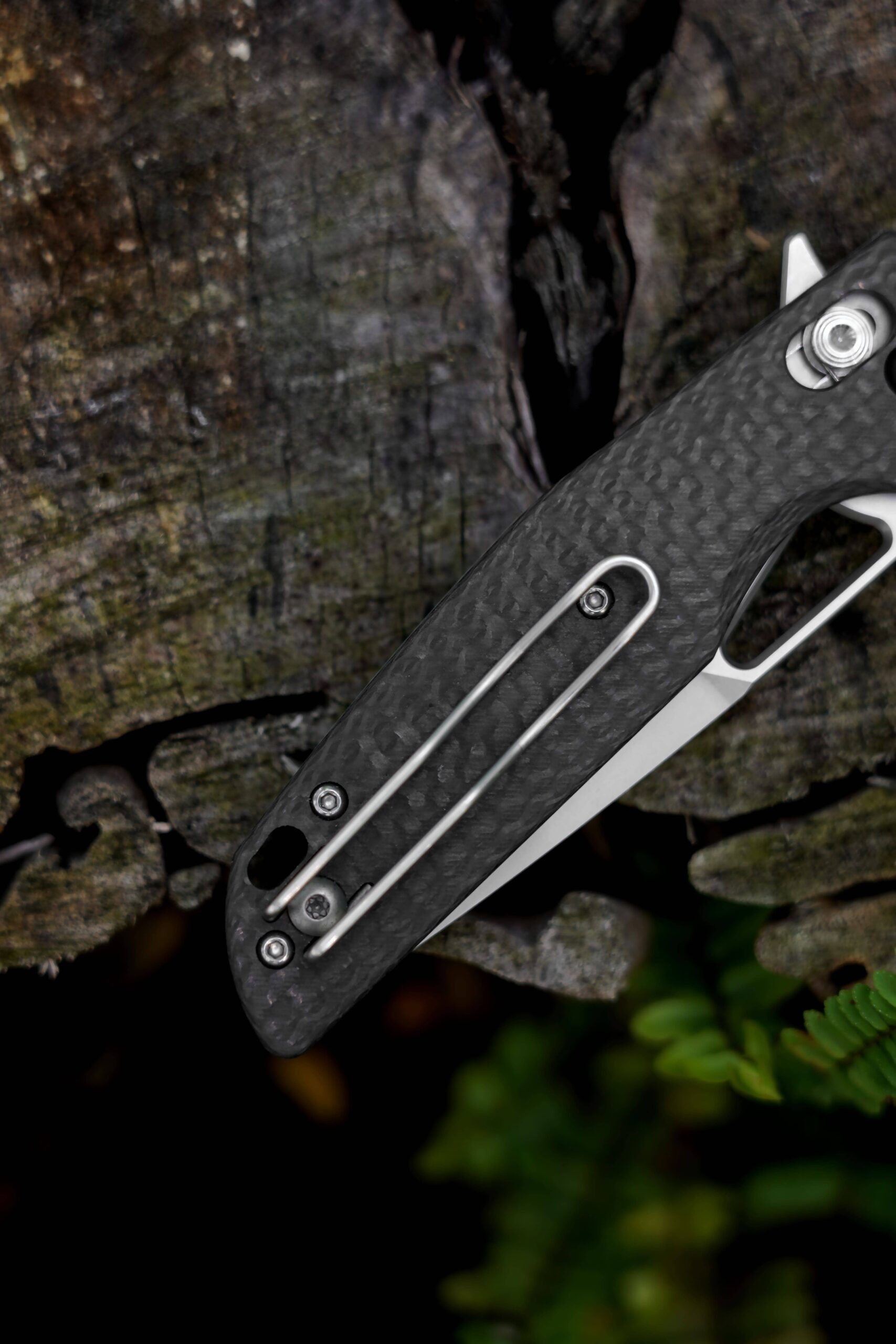
Let's continue expanding on the article, diving deeper into real-world scenarios, and examining additional aspects of high-end knives.
Chapter 5: Durability and Maintenance Costs: Long-Term Investment
5.1 Longevity: High-End Knives Built to Last
When you purchase a high-end knife, you're not just paying for immediate performance—you're investing in a long-lasting tool. Premium knives are constructed with materials that are specifically chosen to enhance durability, including corrosion-resistant steels and reinforced handle materials. The longevity of a high-end knife is one of its most significant advantages.
Durable Blade Materials: Premium knife steels like S30V, M390, and Elmax are not only more resistant to corrosion but also retain their sharpness for longer periods. This translates to fewer sharpenings, and over time, the reduced need for maintenance contributes to overall cost savings.
Handle Durability: Many high-end knives feature handles made from materials like Micarta, G10, and carbon fiber, which are known for their incredible strength and resistance to wear. These materials can withstand the rigors of outdoor activities, heavy tasks, and constant use, ensuring that the handle does not deteriorate over time.
Edge Retention: A knife with better edge retention not only cuts better but also retains that sharpness for a longer time, minimizing the need for frequent sharpening. In high-end knives, edge retention is a direct reflection of the quality of the steel used.
Lifetime Warranties: Many premium brands offer lifetime warranties or guarantees, reassuring customers that if something goes wrong, they can either get their knife repaired or replaced. This adds value to the higher upfront cost, knowing that the investment is safeguarded.
5.2 The Cost of Maintenance: High-End Knives vs. Budget Knives
Though premium knives are designed to be more durable, they do require maintenance to keep them in top shape. This includes sharpening, cleaning, and the occasional re-handling or blade restoration. Let’s compare the maintenance costs of high-end knives versus budget knives.
Sharpening: High-end knives with complex steel compositions may require specialized sharpening tools or professional services. While this is not an immediate cost, it’s something that should be considered over the long term.
- Specialized Sharpening: Premium knives made from steels like CPM S35VN or M390 require diamond or ceramic sharpening stones. These may be more expensive upfront but provide a long-term solution for keeping your knife sharp.
Cleaning and Preservation: High-end knives tend to have more intricate finishes and materials, requiring careful cleaning after every use to prevent rust or corrosion. Cleaning products such as oil, cloths, and specialized cleaners could add to maintenance costs over time.
Replacement Parts: Some high-end knives may need components like washers or bolsters replaced if worn over time. While this is rare, it can be an added cost compared to budget knives, which often don’t have the same level of quality construction.
Budget Knife Maintenance: On the other hand, budget knives typically require less specialized care. Sharpening tools for these knives are more affordable, and the materials used in their handles and blades are generally easier to maintain. While they may need sharpening more often, the cost of maintaining them remains low.
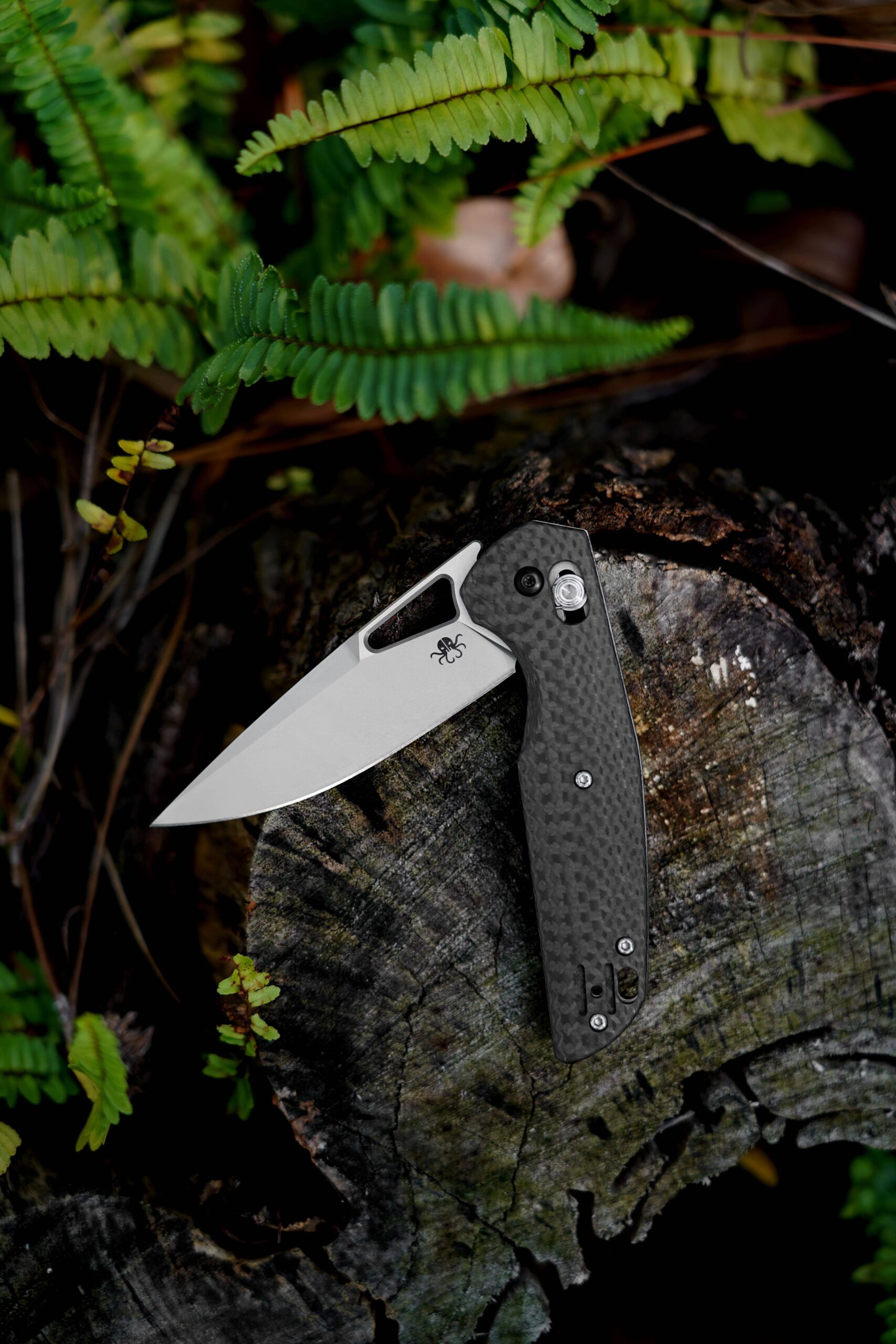
5.3 Is the Added Maintenance Worth the Performance?
The decision comes down to how you plan to use your knife and whether the added performance benefits of a high-end knife are worth the potential extra maintenance. For a professional chef or a dedicated outdoor adventurer, the extra effort in maintenance might be worthwhile, considering that high-end knives deliver superior cutting performance, enhanced edge retention, and better durability.
However, for someone who uses a knife occasionally, the performance improvements may not justify the maintenance costs or the higher initial investment.
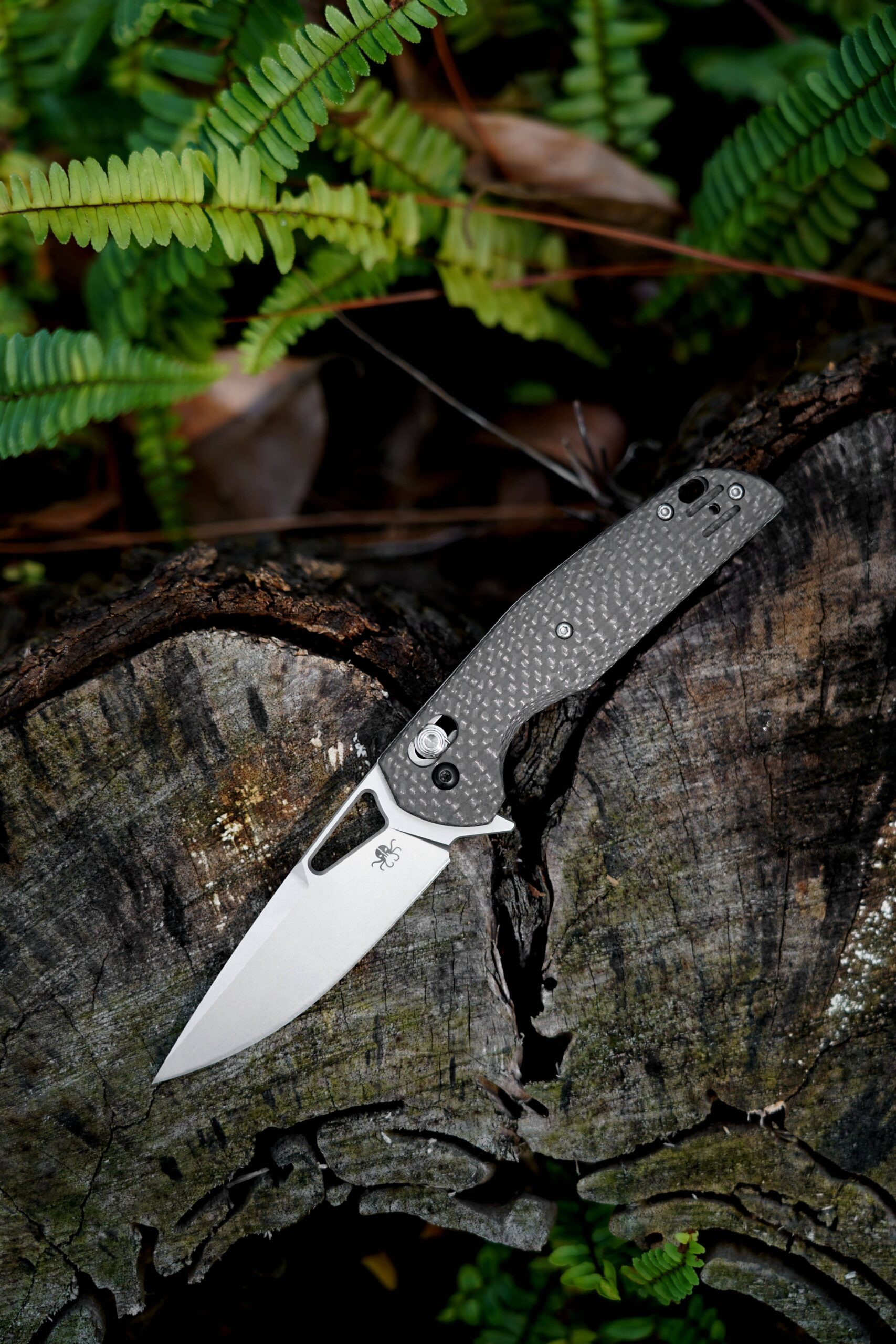
Chapter 6: Emotional Value and the Art of Knife Collecting
6.1 The Emotional Connection to High-End Knives
For many knife enthusiasts, purchasing a high-end knife is about more than just functionality. High-end knives often carry a sense of craftsmanship, heritage, and artistry that makes them deeply personal and emotionally satisfying to own. Here’s why:
Craftsmanship and Heritage: Many high-end knives are made by renowned artisans or small-scale manufacturers. These knives often reflect years or even decades of expertise. Owning a piece of this craftsmanship can feel like possessing a small piece of history, which is highly valued by collectors.
Aesthetic Appeal: High-end knives are often designed with an eye for beauty as much as function. The polished finish, precision grind, and unique handle materials often create visually stunning pieces. For collectors, this aspect can make a knife a true work of art, adding to its value.
Personal Satisfaction: The pride of ownership plays a significant role in the decision to invest in a high-end knife. Many knife enthusiasts find immense satisfaction in using and maintaining their premium knives, knowing they own a product that reflects their personal taste, and in some cases, their values.
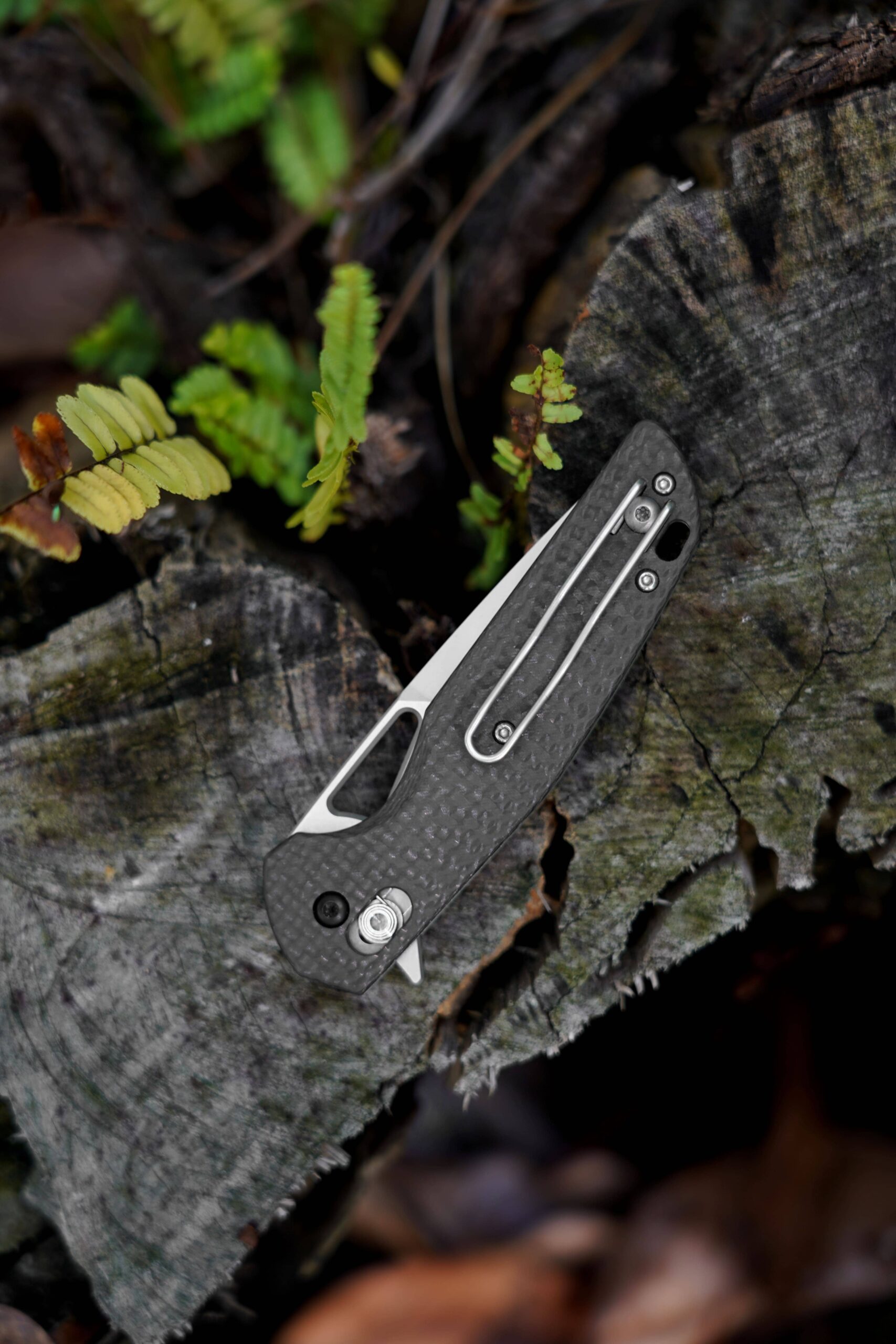
6.2 Knife Collecting as a Hobby: Value Beyond Performance
For some, knives are more than just tools—they’re collectibles. Premium knives, especially limited-edition releases or models made by famous makers, can become valuable over time. Here’s why knife collecting is a popular hobby:
Rarity and Exclusivity: Many premium brands release limited-edition knives, which can become rare collector's items. This aspect of scarcity can drive up their value, especially when knives are discontinued or only available for short periods.
Increased Value: Just like fine watches or classic cars, high-end knives can appreciate over time. If you purchase a knife from a well-known brand or a famous maker, there’s potential for it to increase in value as it ages and becomes rarer.
Emotional Attachment: Collectors often develop a deep emotional attachment to their knives, especially when they’ve spent time hunting for a particular piece or learning about its history. This attachment makes the knife worth far more than its functional value alone.
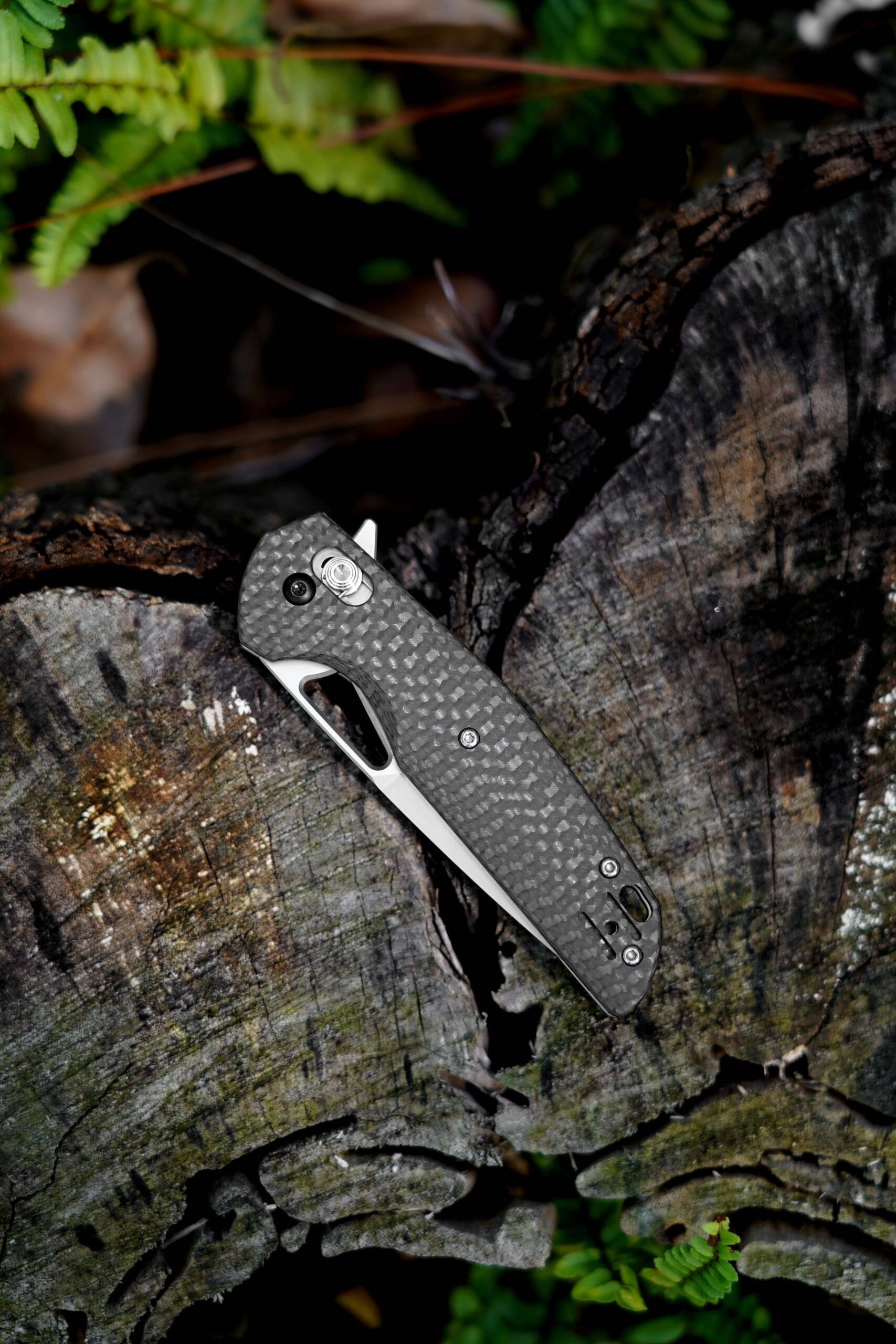
Chapter 7: High-End Knives for Specialized Activities
7.1 Outdoor Enthusiasts: Performance, Durability, and Reliability
For those who spend a lot of time outdoors, whether hunting, camping, or hiking, the reliability and performance of a high-end knife can be a crucial factor. Here's how:
Survival Situations: A high-end knife made from durable materials, like CPM S35VN or M390, can be a reliable tool in a survival situation. These steels hold their edge and resist wear better than cheaper alternatives, ensuring that your knife can tackle tough tasks like cutting wood, prepping food, or building shelter.
Field Dressing and Hunting: High-end knives with excellent edge retention and precise blade geometry (e.g., drop point or skinny blade) are perfect for field dressing and processing game. Their sharpness ensures clean cuts, reducing the time and effort spent on tasks.
Weather Resistance: Premium knives often have better corrosion resistance, meaning they’re less likely to rust when exposed to rain, humidity, or even seawater. This makes them ideal for outdoor environments where moisture is prevalent.
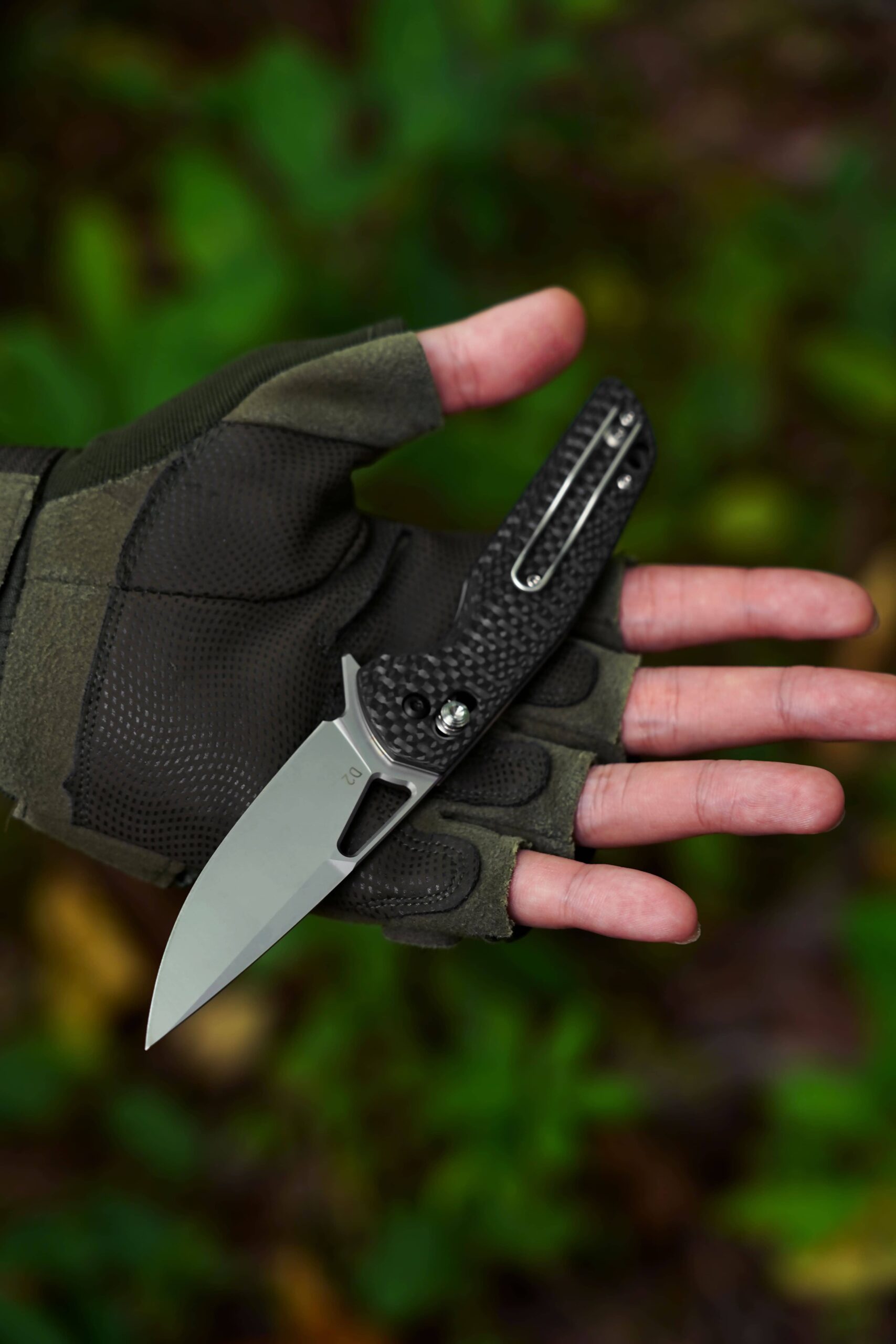
7.2 Cooking and Culinary Use: Precision and Efficiency
In the culinary world, a high-quality knife can make a world of difference. Here’s why many chefs swear by premium knives:
Sharpness and Precision: Premium knives are designed to offer superior sharpness and precision, making them ideal for delicate tasks like filleting fish, slicing meat, or dicing vegetables.
Comfort and Control: High-end kitchen knives often feature ergonomically designed handles that reduce fatigue during long cooking sessions. The better grip and control improve efficiency and safety when handling sharp blades.
Aesthetic Appeal: Many chefs take pride in using knives that are not only functional but beautiful as well. High-end kitchen knives often come with visually stunning handles made from materials like wood or carbon fiber, which elevate the overall cooking experience.
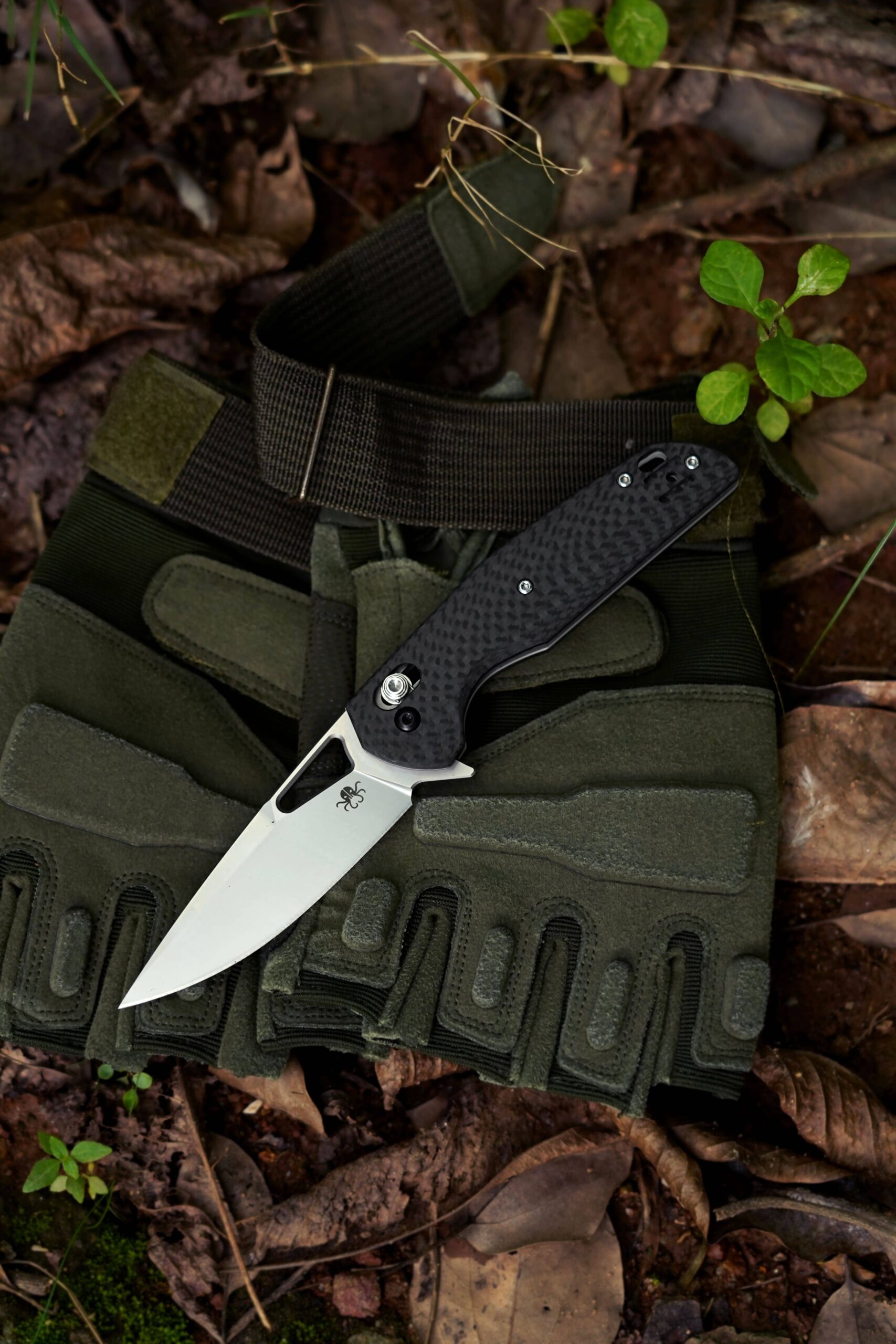
Chapter 8: Evaluating the Best Use Cases for High-End Knives
8.1 The Case for High-End Knives in Specific Scenarios
There are particular use cases where investing in a high-end knife makes the most sense:
Professional Use: If you’re a professional chef, outdoor guide, or anyone whose livelihood relies on a knife, spending more on a premium knife is almost always worth it. The longevity, performance, and precision are indispensable in these scenarios.
Outdoor Adventures: If you’re an avid camper, hiker, or hunter, having a high-quality, durable knife can be a lifesaver in the field. A knife that holds an edge longer and resists rust in harsh weather conditions is a crucial asset.
Collectors: For those who enjoy collecting knives, high-end knives offer more than just functionality—they also offer investment potential, rarity, and an appreciation for craftsmanship.
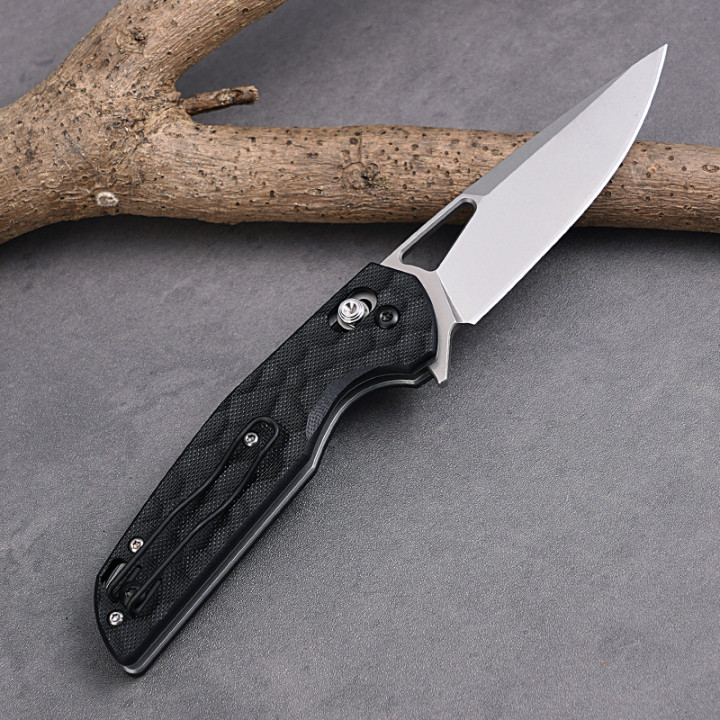
Conclusion: Finding the Right Balance for Your Needs
After considering the factors outlined in this article—durability, performance, maintenance, emotional value, and cost—it’s clear that whether or not a high-end knife is worth it depends entirely on your needs and preferences.
For everyday use or light tasks, budget knives offer excellent value and can perform just as well as premium models, especially if you’re not focused on long-term durability. However, for those who demand the best performance, craftsmanship, and longevity from their tools, a high-end knife can be an invaluable investment, offering unparalleled performance and satisfaction in return.
Ultimately, the decision comes down to how you intend to use your knife, how much you value craftsmanship and performance, and whether the long-term benefits of owning a high-end knife outweigh the initial cost.
